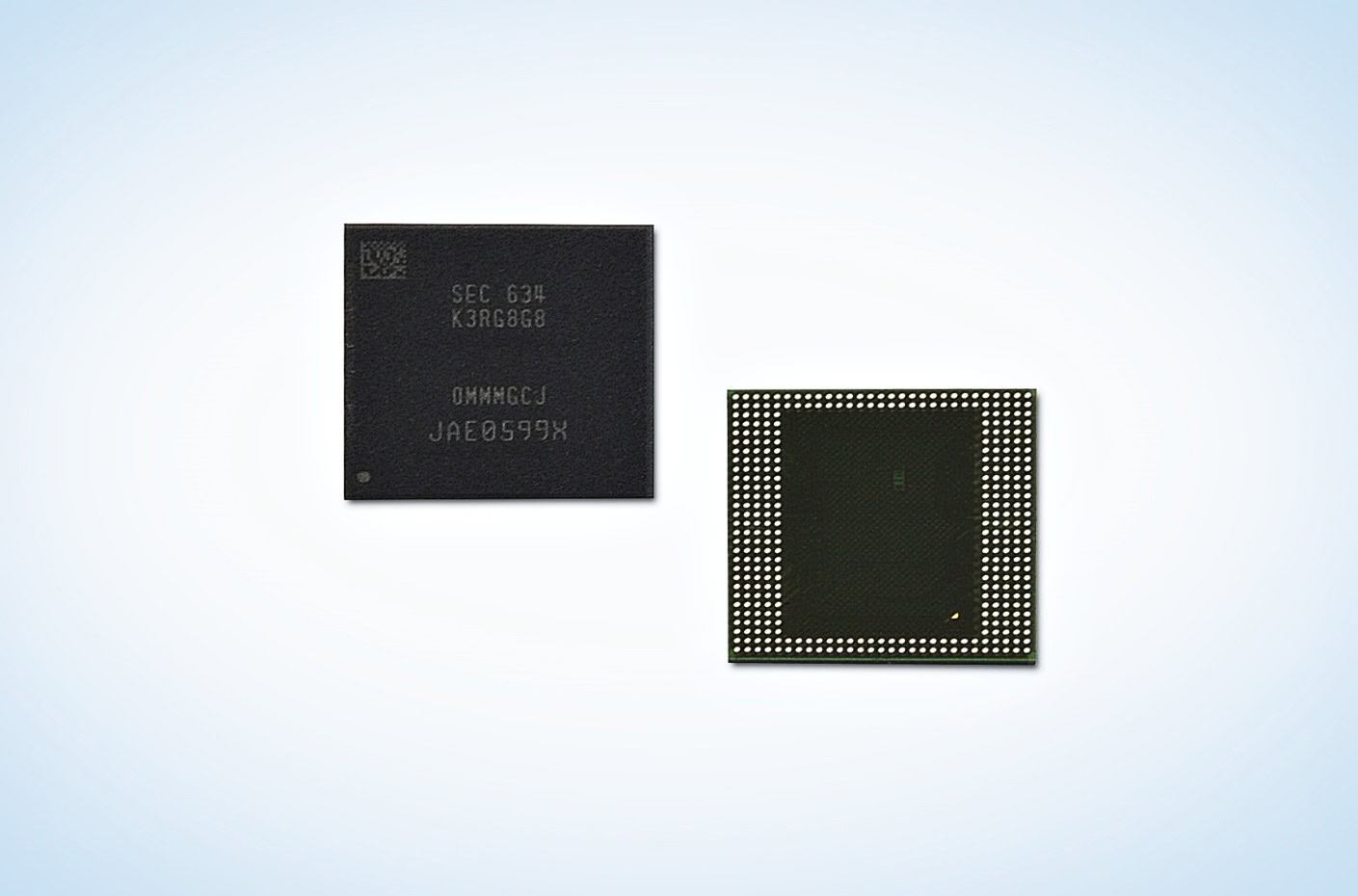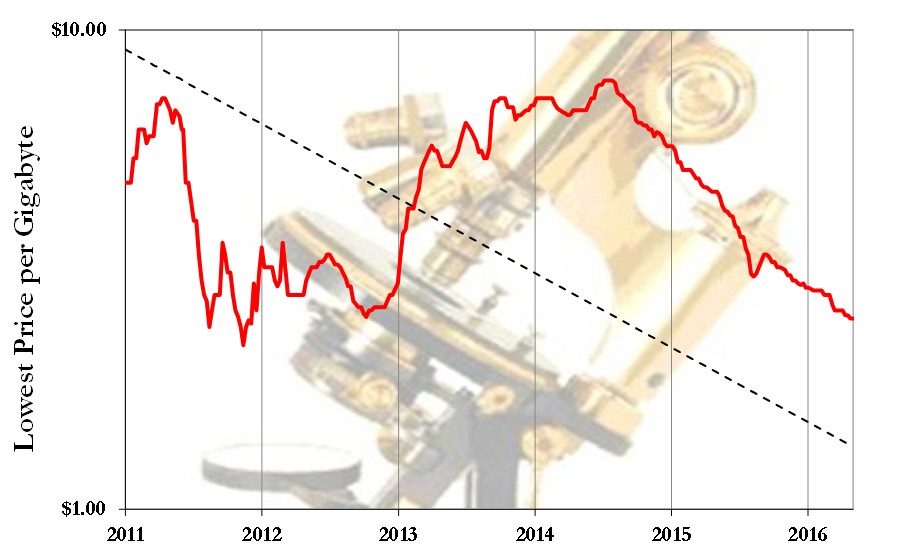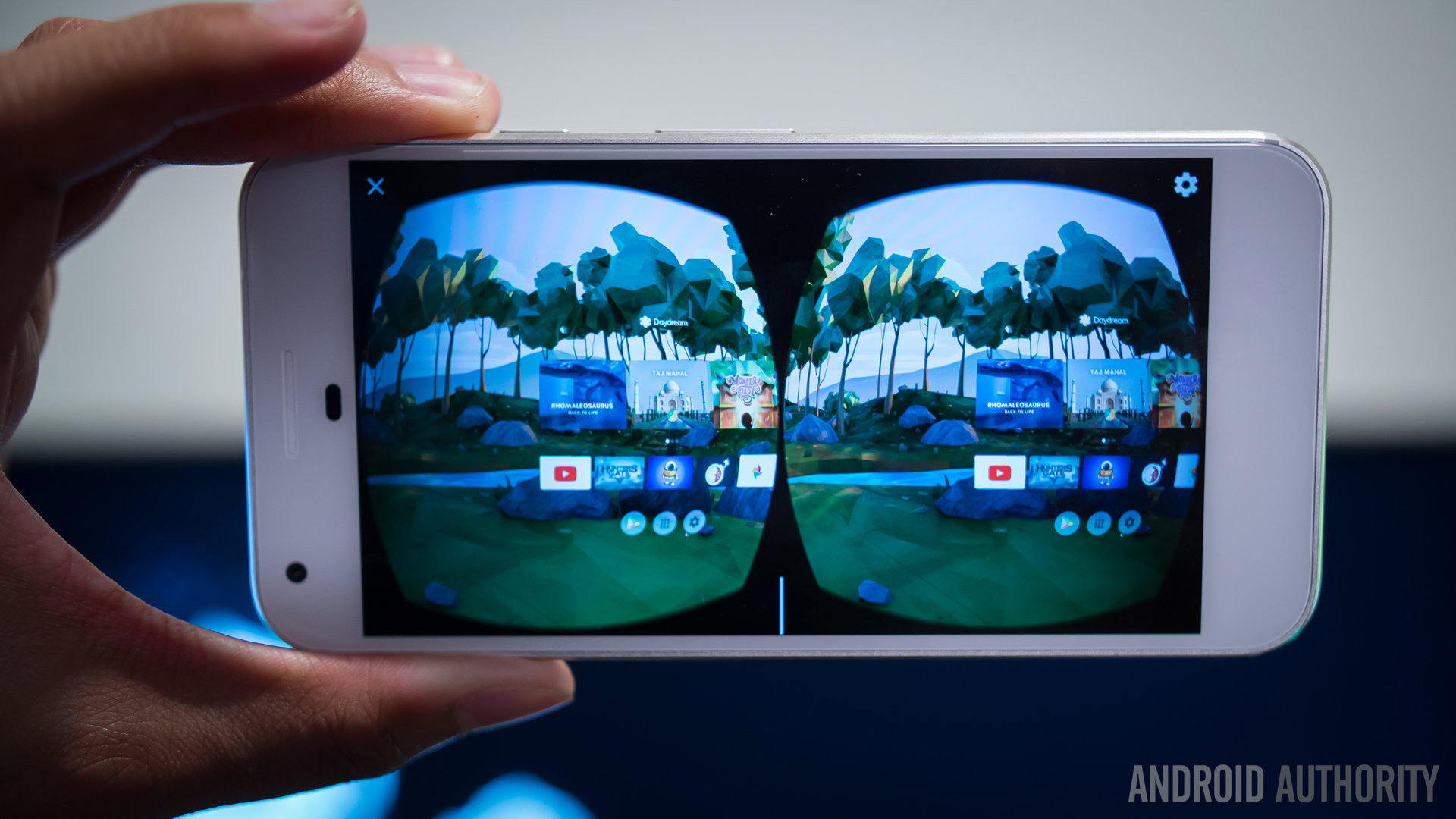Affiliate links on Android Authority may earn us a commission. Learn more.
How did we end up with smartphones packing 8GB RAM?

Asus unveiled its ZenFone AR smartphone at CES 2017 earlier, which packs in plenty of impressive features, including a Tango 3D capture camera and Google DayDream virtual reality support. Another noteworthy specification is that the phone is the first to launch with a whopping 8GB RAM. That’s enough memory to match a high performance PC or video games console, so how did we end up here?
Of course, there’s always an incentive for manufacturers to improve their specifications and be the first with something new, especially when it comes to grabbing the headlines. We saw this with CPU core count a few years ago with the first to quad, octa, and then deca-core processors, and some may remember the camera megapixel wars too. It’s the same story with RAM today, and manufacturers have been steadily increasing the amount of memory in their high-end smartphones even though it’s surplus to requirements for browsing Facebook and playing YouTube videos.
The amount of RAM packed into high-end smartphones has increased substantially over just the past two years
Still, that didn’t stop LG boasting about the arrival of the first phone with 2GB of RAM, the Optimus LTE2, back in 2012. This was followed up by the ASUS Zenfone 2’s touting of the world’s first 4GB RAM smartphone in April 2015. The vivo XPlay 5 was the first handset to feature 6GB back in March of 2016, and now just a year later we have our first handset with 8GB RAM. As you can see, the amount of RAM packed into high-end smartphones has increased substantially over just the past two years, and so it wouldn’t be surprising to see even larger amounts appear next year, perhaps a 12GB packaging combination could be on the horizon.
The major facilitator of this trend has been the falling price of DRAM. The past couple of years has seen a major fall in mobile DRAM contract prices, and this cost has continued to decline throughout most of 2016. 8Gb (1GB) of high performance LPDDR4 can be bought for just $6 today, and the average price per GB of RAM fell below $5 in 2016, which includes more expensive PC RAM and dedicated graphics memory.

The cost of implementing large mobile RAM pools has also come down thanks to the increasing prevalence of Package on Package (PoP) memory containing flash and RAM on a single chip. So rather than having to purchase individual RAM and Flash packages, as well as the memory controllers, single packages greatly cut down on the costs of production. The combined 64GB flash, 3GB LPDDR4 Samsung PoP memory inside the Galaxy S7 edge cost around only $50. With prices at a low, there’s very little reason not to include plenty of RAM for bragging rights and to keep increasingly large apps opening up nice and quickly, even if it’s not top of the line LPDRR4X.
8GB RAM might seem like overkill today, but in a year or two this will almost certainly be considered a requirement if virtual reality becomes the big hit that many expect.
Smaller PoP packages with more internal memory have been made possible in recent years thanks to the shrinking of manufacturing nodes. While much fuss is made about the performance improvements that smaller manufacturing processes bring to processors and the like, they’re equally as important for helping to squeeze additional memory into a smaller package and decrease power consumption. As we know, power consumption is a major constraint in mobile products, and more efficient memory packages are equally as important as low prices for bringing big memory counts to smartphones. Samsung unveiled its 10nm 8GB LPDDR4 module back in October, after announcing a 10nm 6GB chip earlier in the year.
While such huge RAM amounts seem superfluous for the most common mobile applications, consumers are beginning to demand more from their handsets and these scenarios are requiring more memory. Gaming and virtual reality are certainly the leading trends, and this is putting strains not only on the amount of available memory, but also its performance. Memory bandwidth has been a bottle neck for graphics performance in smartphones for a long time now, but the arrival of LPDDR4 and LPDDR4X memory, which has been supported by Qualcomm’s flagship processors since the Snapdragon 810, is helping to alleviate this bottleneck. MediaTek’s Helio X30, HiSilicon’s new Kirin 960, and Samsung’s Exynos 8890 also support LPDDR4 memory, which offers up 28.7GB/s bandwidth.

If we want our smartphones to close in on the capabilities in today’s laptops, PCs and games consoles, and this is certainly where VR, AR, and mobile gaming trends are taking us, then our smartphones require not only more memory, but faster and more efficient RAM as well. 8GB RAM might seem like overkill today, but in a year or two this will almost certainly be considered a requirement if virtual reality becomes the big hit that many expect. It’s no coincidence that ASUS debuted the first 8GB RAM smartphone while also touting virtual reality and Tango capture capabilities.